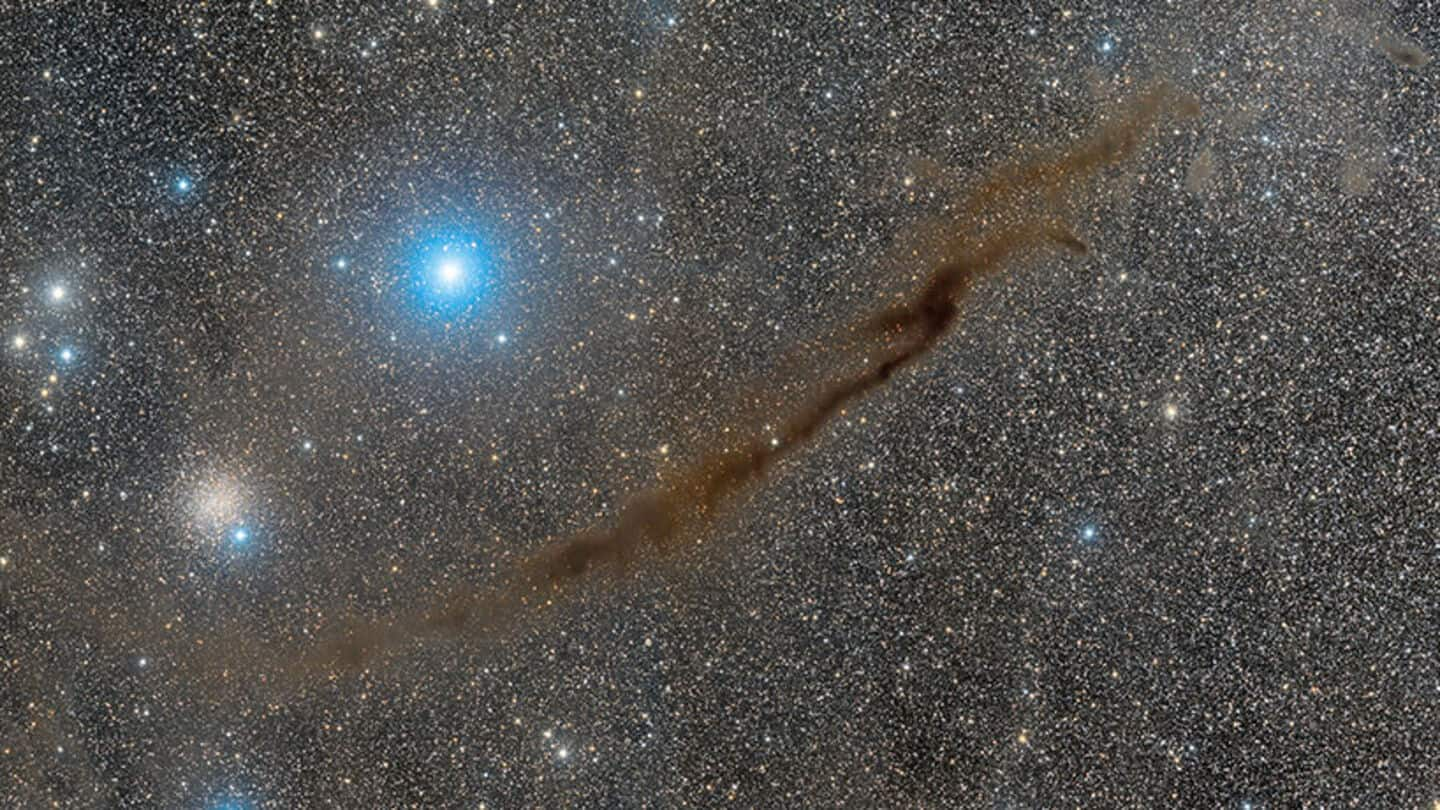
We may finally know what was there before Big Bang
What's the story
A research paper by Foundational Questions Institute (FQxI) cosmologist Eugene Lim and astrophysicists Katy Clough and Josu Aurrekoetxea, proposes a novel approach to answer some of the universe's biggest questions. These include events preceding Big Bang, existence of a multiverse, potential collisions with other universes, and cyclical patterns of bangs and crunches. The team suggests usage of complex computer simulations to numerically solve Einstein's equations for gravity in such extreme situations. Their work was published in Living Reviews in Relativity.
Methodology
The research team's bold vision
The researchers advocate for the increasing use of numerical relativity in cosmology to explore major cosmic mysteries. Numerical relativity is a computational method that uses advanced computer simulations to solve Einstein's equations in extreme conditions, where traditional methods fail.
Obstacles
Why Einstein's equations break down
Einstein's equations of general relativity describe gravity and the motion of cosmic objects. However, when pushed back far enough, they often lead to a singularity, a state of infinite density and temperature where the laws of physics break down. This makes it impossible for cosmologists to solve these equations in extreme environments or for the objects involving singularities or extreme gravity, like black holes.
Application
The history of numerical relativity
Numerical relativity was first proposed in the 1960s and 1970s to predict gravitational waves from colliding black holes. Its development gained traction with the proposal of the LIGO experiment in the 1980s. Now, Lim is excited about using this method to understand cosmic inflation, a period of rapid expansion in the early universe. However, probing this using Einstein's equations requires assuming an isotropic and homogeneous universe at that time, something inflation was supposed to explain.
Possibilities
Potential breakthroughs in understanding the universe
Numerical relativity could help overcome this problem by allowing radically different starting conditions. However, the challenge lies in the infinite possibilities of spacetime before inflation. Lim hopes to use the numerical relativity to test predictions from more fundamental theories that generate inflation, like string theory. The technique could also be used to predict gravitational waves from hypothetical cosmic strings and signatures of our universe colliding with others, possibly confirming multiverse theory.
Discovery
What about the Big Bang?
Numerical relativity could also help determine if there was a universe before the Big Bang. It could provide insights into whether the cosmos is cyclic, going through "bounces" from the old universes into new ones. This is a complex problem that can't be solved analytically. As supercomputer technology improves, we can expect major advancements in our understanding of the universe using this method.